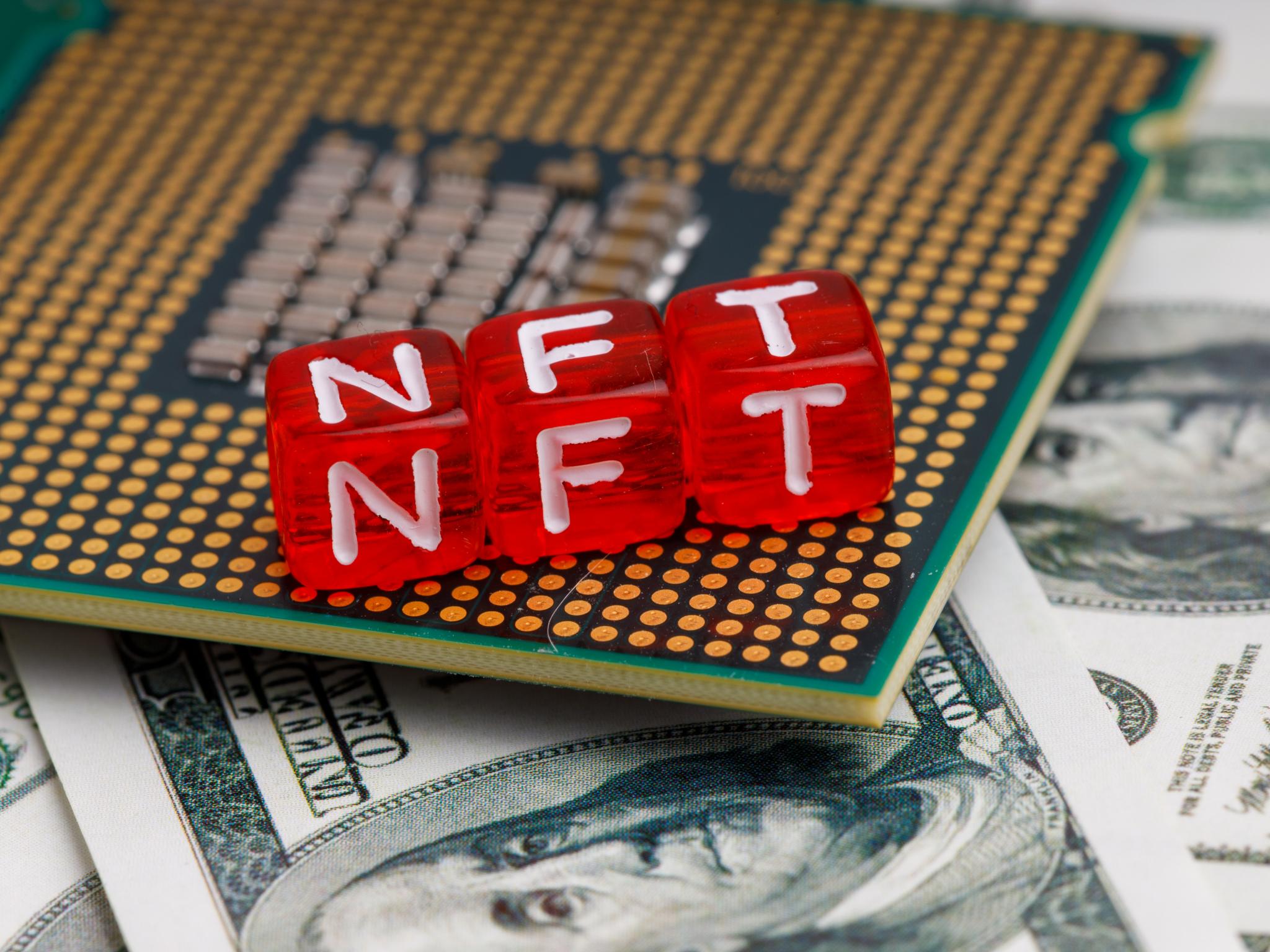
During the last few years, NFTs have exploded onto the tech scene and generated all kinds of buzz. As in the early days of every tech revolution (the internet, mobile phones, social media, etc.), both societal skepticism and excitement surround this novel innovation. Many investors view NFTs as a terrific opportunity and are curious about the best way to get involved.
NFT investing can be seen as confusing and risky. For newcomers to the scene, barriers to entry include high prices, complicated purchasing processes, and an ambiguous long-term valuation. The below strategies will help open the doors for new investors who have been reluctant to check out NFTs.
Educate your audience
People fear what they don't understand. This especially applies to investors. Any great project should double as a resource for connecting potential investors with educational materials about NFTs, and other new asset classes that may arise in the future. A wealth of information on digital assets is available, whether it be through newsletters or blogs, but it is usually scattered around the internet or hidden in very tech-focused channels. It is the responsibility of the crypto community and every project to promote this helpful content.
Simplify the process
The biggest hindrance for investors considering the world of NFTs is a frustrating lack of simplicity in the purchasing process. It's critical platforms make it a priority to simplify that process for those interested in NFTs, which also means creating clear intuitive user interfaces for newcomers without a technical background. The inclusion of basic "how to" guides for those who are unfamiliar would also definitely help.
Platforms should allow investors to purchase NFTs with a variety of familiar payment options, such as a credit card - an option that has only recently been implemented. Investment platforms can ease the process further by also allowing investors to use their bank account and debit cards for NFT purchases.
Address the price factor
One other primary obstacle that holds investors back from investing in NFTs is their affordability - or lack thereof. Popular NFTs are incredibly expensive, with some prices reaching in the hundreds of thousands. NFTs are incredibly expensive, with some prices reaching in the hundreds of thousands. Consequently, NFTs aren't a feasible investment option for those without a major amount of capital at their disposal.
Platforms should tailor their interfaces to include a variety of options for investors. Consider the NFTs that users will be able to comfortably purchase and bring these digital assets to the forefront of the selection offered. The ability to buy a fraction of an NFT, options for collective purchasing of NFTs, and installment plans are solutions that should also be embraced by these platforms.
Highlight the benefits
Investors won't be drawn toward a new asset unless the positive aspects of ownership are plain to see. NFTs functions as a store of value. However, their novelty means that most people are unsure about the true value of these digital assets. As NFTs grow more popular and pervasive in society, early investors can reap a tremendous amount of value, and it will be important for investment platforms to highlight this value by stressing three key benefits: true ownership, access, and utility.
An NFT is both decentralized and censorship resistant. The rules for NFT ownership won't suddenly change, as there is no presiding entity and a person's NFT cannot just be taken away. While users don't own their content on platforms like YouTube, an investor who purchases an NFT does obtain certain ownership rights, and these rights can vary from NFT to NFT.
For example, some NFTs grant owners the IP rights to images, while other NFTs may provide owners with access to exclusive events, communities, and chat rooms, allowing investors to explore spaces they've previously never been exposed to. In the metaverse and Web3 space, an NFT can be an accessory for an avatar, a prerequisite for online games - an increasing trend in the video game industry - or they can even give the owner direct access to future token airdrops.
Don’t gloss over the risks
NFTs, like all other investments, come with a level of risk. It is the responsibility of platforms to clearly outline these possible issues for new investors. The primary risk associated with investing in NFTs is liquidity. NFTs are still a very new digital asset category, so it may be difficult to find a wide market of people eager to buy NFTs in a secondary market.
Due to the illiquidity of the market and the early stage of digital assets, price swings can fluctuate tremendously for NFTs. Investment platforms should make users aware of the likelihood of these dramatic changes in the valuation of NFTs. These platforms should convey prudent messages that have the financial wellbeing of their investors at heart. Platforms should dissuade investors from allowing a fear of missing out (FOMO) to be the driving force behind their investment decision. Ultimately, investors should be advised to only allocate as much capital as they are truly comfortable with for NFT investments.
The NFT table is for everyone
NFTs are laying the foundation for ownership on the internet, and the technology that makes them possible isn't going anywhere. Crypto platforms need to be transparent with investors at every step of the process and, most importantly, keep everything simple. The goal is to effectively bring new investors to the NFT table - and to ensure there's enough places for everyone to sit and eat.







